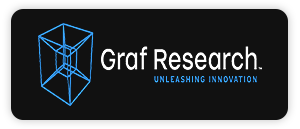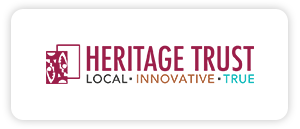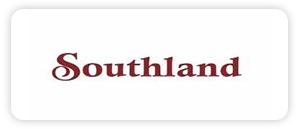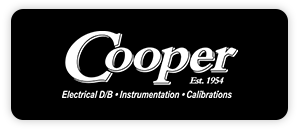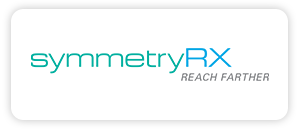Source: Firas Raouf, OpenView Partners
For SaaS companies with recurring revenue, a really good benchmark is when a dollar in Customer Acquisition Cost (CAC) results in a dollar in first year revenue. Yet many SaaS companies operate on a 12-24 month break-even point for CAC. That doesn’t mean they are not good businesses. It just means that they will likely consume a lot of capital before they can get to a more scalable model.
A more holistic way to think about customer acquisition economics is by looking at the cost of acquiring a new customer against the lifetime value of that customer. David Skok wrote a great post on the topic here.
In this post, I will focus on the economics of maximizing revenue from existing customers. The metrics to focus on are:
- Dollar Renewal: For every dollar available for renewal in a given period, how much actually renewed? Note that what’s available for renewal is not always equal to the first year bookings. You need to remove any non-recurring bookings such as one-time setup fees and professional services to onboard a customer. Getting a monthly forecast for renewals is a critical addition to your forward budget plan, and tracking execution against that number is a key indicator to your customers’ user experience, the value they derive from your solution, and the effectiveness of your internal process for renewing customer accounts.
- Churn: What revenue did not renew could be attributable to a reduced level of usage, or to complete customer abandonment. Either of those is considered churn, and should be calculated in terms of monthly churn.
- Upsell: This is additional revenue derived over and above the amount available from that customer in renewal. So, if you originally sold a customer 10 annual licenses, and in month 13 you renewed the 10 licenses and sold 3 more, you would recognize that account as a 130% renewal/upsell. Tracking upsell separately is just as important as tracking churn. There will always be some level of churn in a customer base, and in some cases welcome churn (e.g. customers that generate low revenue and high support costs). The ability to sell more to existing customers can dramatically improve the overall customer acquisition costs.
- Customer on-boarding success: How long does it take to onboard users within a customer account? Have they signed off on the onboarding, and are they happily up and running using your solution? Churn can invariably be associated to user experience, onboarding, or both. If either of those elements are bad, the customer will likely churn sooner or later.
- Usage: Do you have the means to track customer usage by user over time? Is there a negative usage level that will trigger your customer support to proactively work with the customer to diagnose and correct an issue? Does your product management team understand the usage issues, and is it proactively making design changes to improve it? Does your account renewal team check on that usage before trying to call for a renewal?
To calculate the customer lifetime value, start by determining the life of the customer in months (1/(monthly churn) and multiply it by the average revenue per month per customer.
Now, look at your CAC and compare it to the LTV and the break-even point. If you have a BE of more than 12 months and a LTV that’s less than 2xCAC, you’re in trouble. If your BE is 12 months or less and your LTV over 3xCAC, you’re golden. Anything in between is ok, but has lots of room for improvement.
Here’s another post that offers advice on where to focus your sales efforts as a growing software company: “Sell More to Your Existing Customers Before You Sell to New Ones”
About Scale Finance
Scale Finance LLC (www.scalefinance.com) provides contract CFO services, Controller solutions, and support in raising capital, or executing M&A transactions, to entrepreneurial companies. The firm specializes in cost-effective financial reporting, budgeting & forecasting, implementing controls, complex modeling, business valuations, and other financial management, and provides strategic help for companies raising growth capital or considering M&A/recapitalization opportunities. Most of the firm’s clients are growing technology, healthcare, business services, consumer, and industrial companies at various stages of development from start-up to tens of millions in annual revenue. Scale Finance LLC has offices throughout the southeast including Charlotte, Raleigh/Durham, Greensboro, Wilmington, Washington D.C. and South Florida with a team of more than 30 professionals serving more than 100 companies throughout the region.


